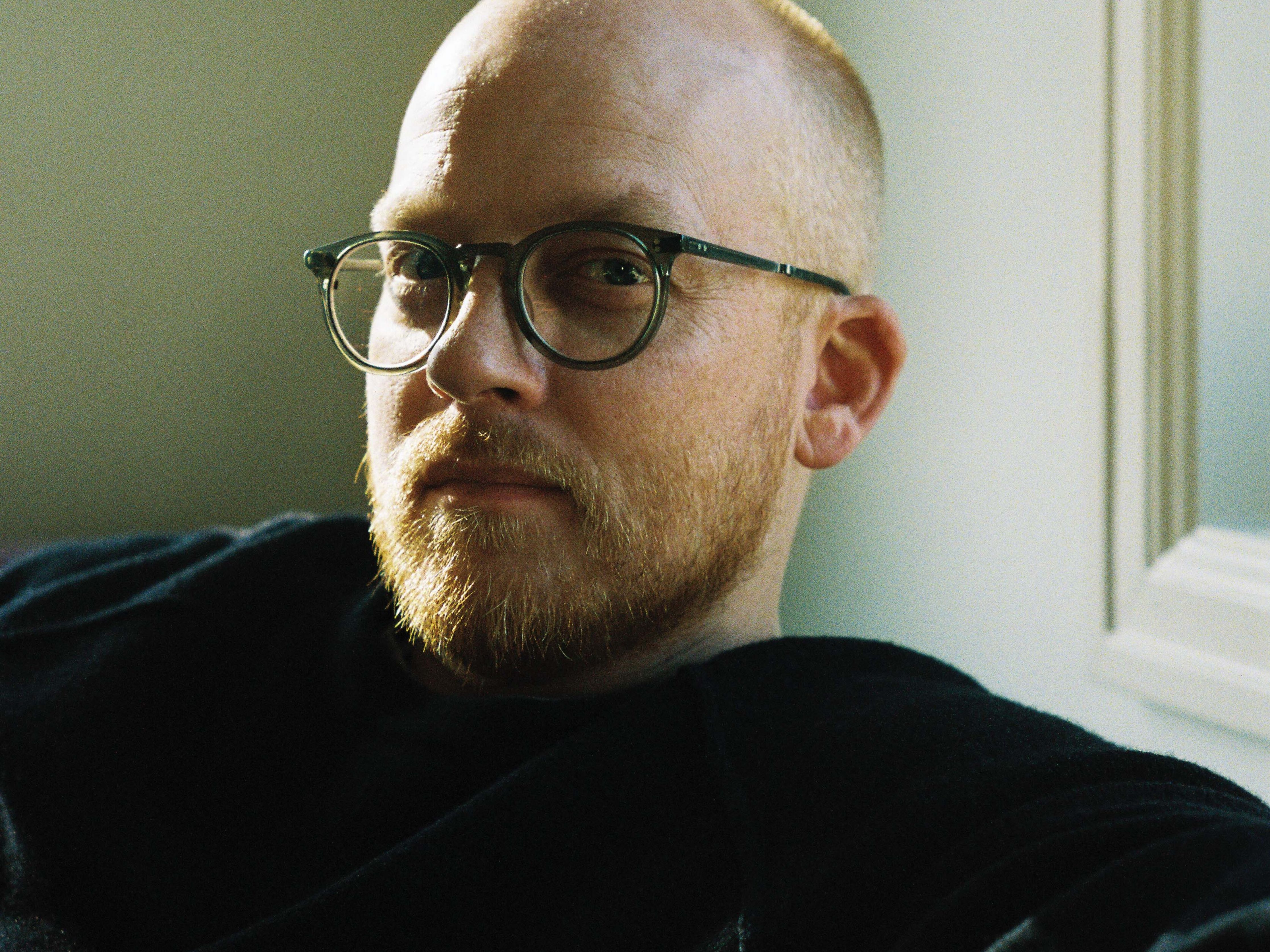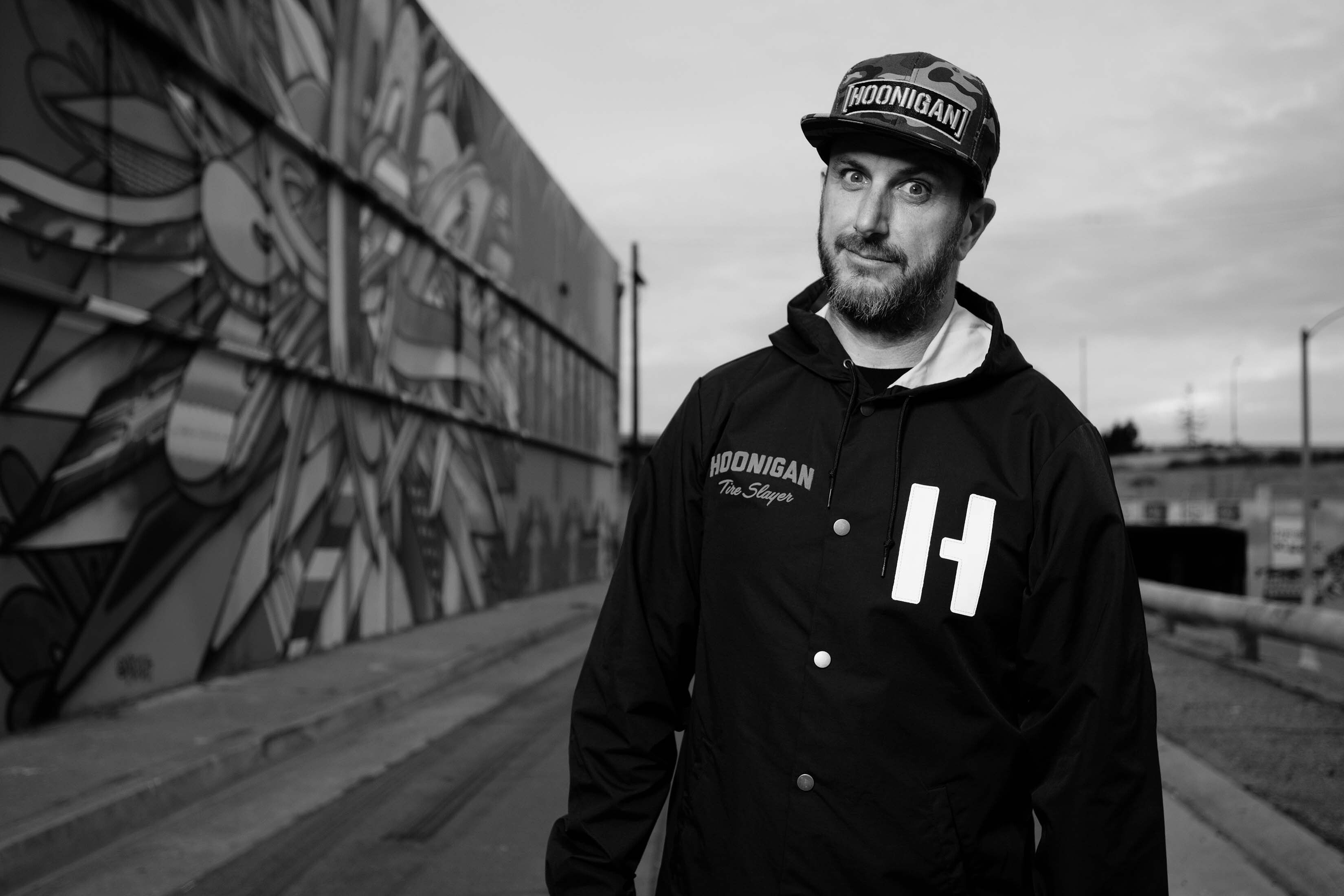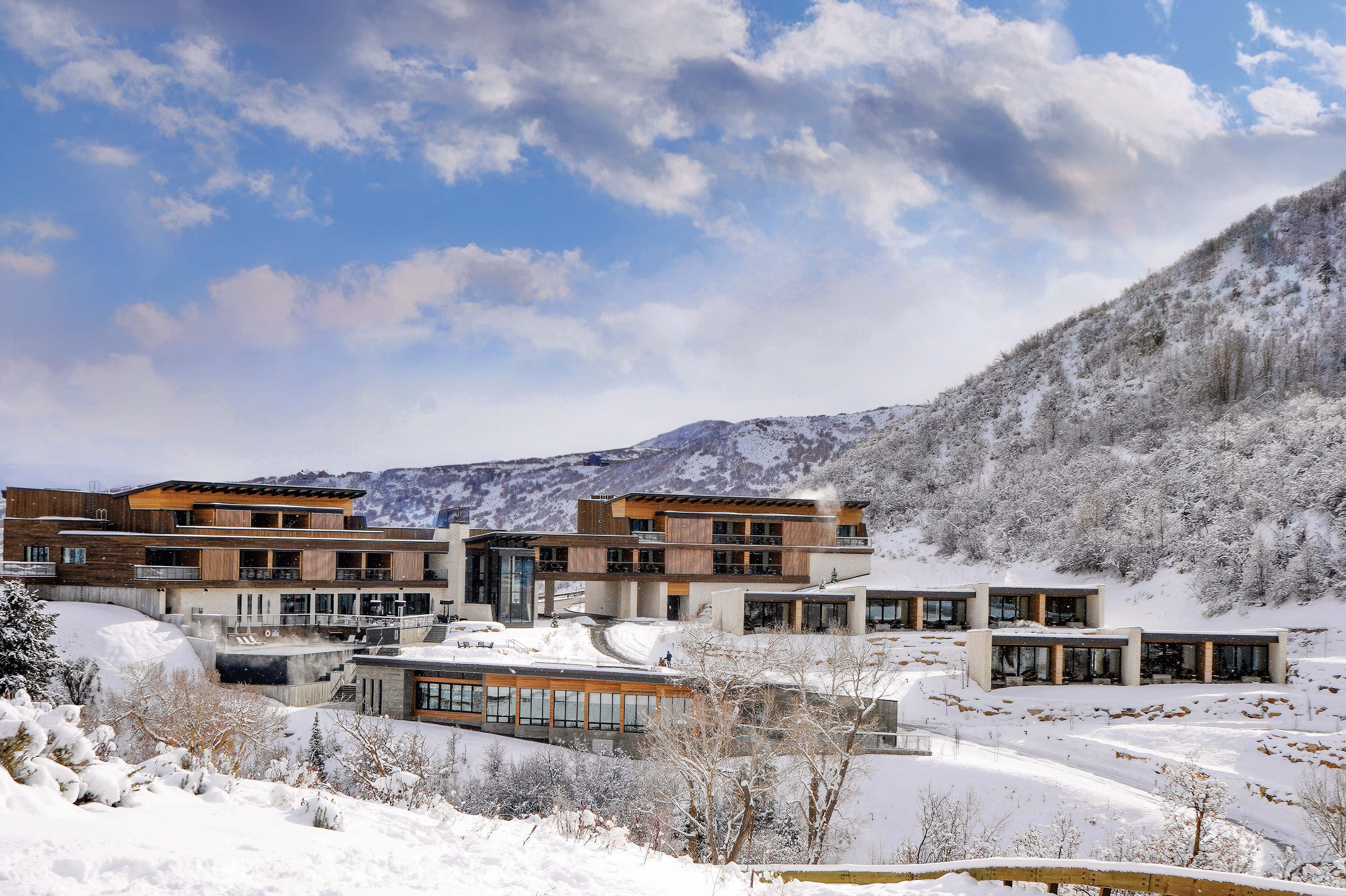Check Out This Park City High School Where Academics and Elite Athletics Meet
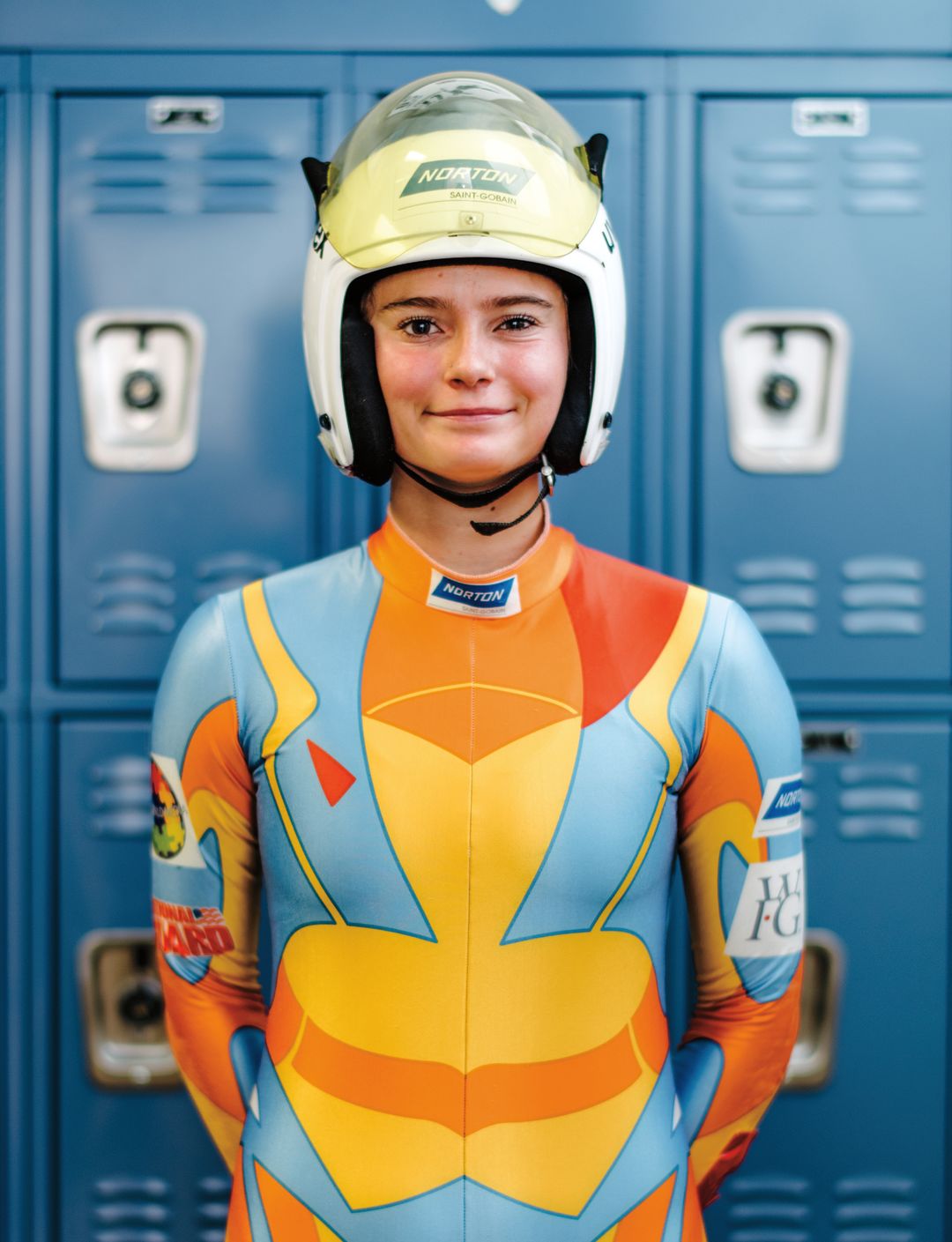
Image: Austen Diamond
Four years ago, the Rice family moved from California to Park City hoping to make things easier on their daughter Mackenzie, both sports-wise and school-wise. The member of the USA Junior National Luge Team immediately found herself closer to the ice at Utah Olympic Park, but training and camps frequently took her out of town and away from her classes at Treasure Mountain Junior High. And spotty Internet at remote facilities made it tough to catch up on her studies online. Rice needed a way to get on the ice—without freezing her academic progress.
And so, as a sophomore, she enrolled in Park City’s Winter Sports School, a charter high school dedicated to two things: college prep and carving out winters for intense athletic endeavors. That made all the difference. “This school just has so much to offer,” she says. “In the summer, you can focus 100 percent on school, and, in the winter, you can give your full attention to competing and training. It lets you reach your full potential both in school and in your sport.”
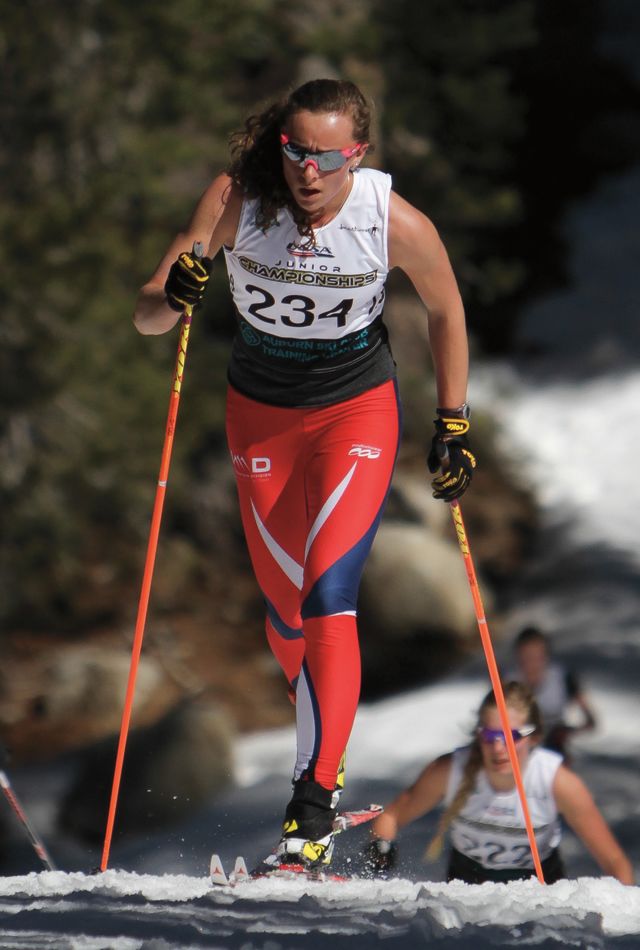
Image: Austen Diamond
Currently, 112 elite winter athletes like Rice, who received her high school diploma last fall, have found a path to reaching both academic and athletic success sans tutors, homeschooling, and high tuition costs. They crack open the books in April, study through summer, and toss graduation caps in November. Then, when the snow flies, they hit the slopes, the jumps, the ice, and the track for four-plus months of full-throttle winter sports immersion.
The WSS educational model is unique among institutions of its type. Private ski academies, like the Burke Mountain Academy in Vermont, nurture skiers exclusively, have hefty tuition fees, and stick with the traditional calendar of early fall through early June. Lake Placid’s National Sports Academy caters to winter athletes in various disciplines, but it too is a private institution that takes a summers-off approach. As WSS Headmaster Dave Kaufman puts it, “we’re the only ones who figured out how to entice kids to come to school during the summer.” And because WSS is a charter school, attendance for Utah residents costs only a few hundred dollars in fees each year. (Out-of-state and international students pay quite a bit more, $13,750 per year at present.)
Kaufman, who had to inform 65 “legitimately heartbroken” students waitlisted last year because of space constraints, is all too familiar with how little enticement is, in fact, needed. The currently enrolled student-athletes embrace the inverted—and condensed—calendar because it opens an otherwise inaccessible window to pursuing their respective sports. And they need look no further than the main hallway’s “wall of fame”—posters of prestigious alumni-heroes like Winter Olympians Ted Ligety, Sarah Hendrickson, Joss Christensen, and Julia Mancuso—to gain inspiration.
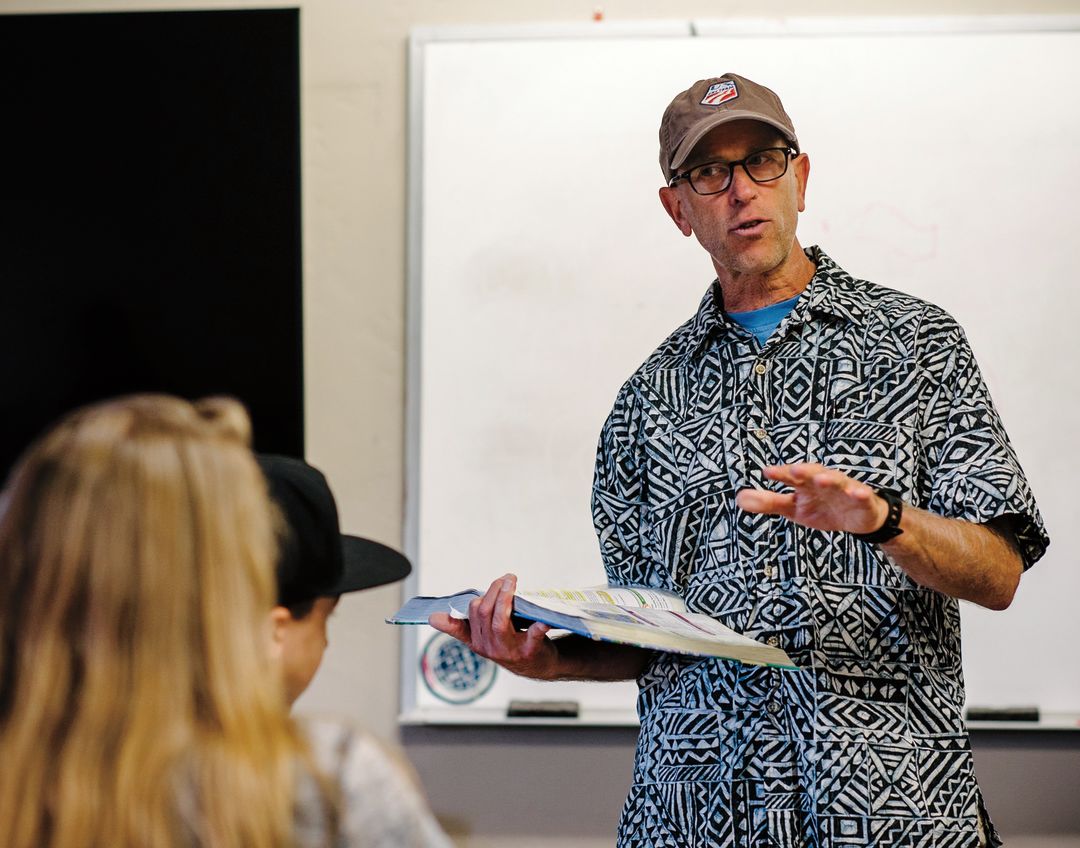
Image: Austen Diamond
The Experience
“You get the best of both worlds here,” says 17-year-old senior and decorated slopestyle freeskier Isabel Atkin. When her family moved to Park City from Massachusetts four years ago, she was juggling traditional ninth-grade studies at both Treasure Mountain Junior High and Park City High as well as online courses—all while chasing snow. As her mother, Winnie, recalls, “she was kind of stressed out.” Transitioning to WSS has relieved some of that stress, allowing Isabel to compete at the highest possible level while simultaneously laying the groundwork for college.
To make such a winter sport–centric world spin requires flexibility. In Atkin’s case, her individual commitment is supported by accommodating teachers; a parent prepared to embark on a bimonthly, cross-country work commute; and a family willing to forgo vacations, given her sister’s opposing school calendar.
Even with the flip-flopped academic calendar, missing school days is not atypical, and playing catch-up on schoolwork is a regular part of WSS students’ lives. In September, Atkin wrapped up a three-week stint in New Zealand where, after placing seventh in a World Cup competition, she stayed on for a couple of weeks to train with the Great Britain Park and Pipe Team. Sixteen-year-old WSS student Andrew Miller, who took second in giant slalom at last year’s U18 Nationals and was named Skier of the Year by the Park City Ski Team, is on the road frequently, too, often for a week or more at a time. And though he welcomes the opportunity to pursue a spot on the US Ski Team while going after his academic goals (college acceptance), he admits the intensity of his chosen path isn’t always easy. “You don’t necessarily have time to decompress,” he says.
The teachers here get it. Rather than throw up rock-solid deadlines, they accommodate absences, blog assignments, prioritize concepts, and lose the busy work. Nordic skier Maddie Morgan (a sprinter ranked 12th as of the 2014 Junior Nationals) once found herself constantly explaining her sports-induced absences to teachers. Since enrolling at WSS, however, Morgan and many of her classmates no longer face the typical conundrum: lagging academics or missing out on skiing.
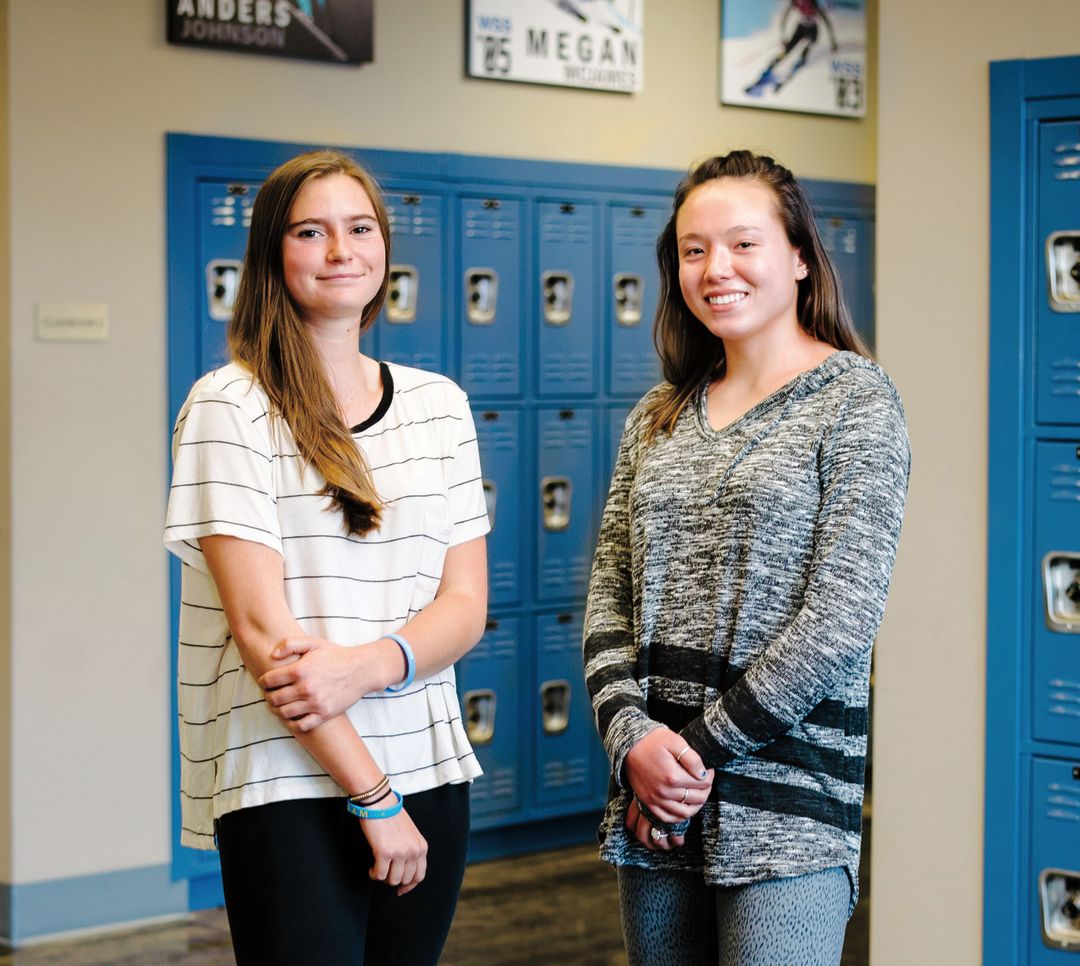
Image: Austen Diamond
“I came to the Winter Sports School because I saw an opportunity to excel at both academics and my sport,” the 17-year-old student-athlete says. “I get to train for four and a half months during the winter without worrying about schoolwork, and when we do have to miss work [to train or compete], the teachers really understand what we’re doing.”
The educators, meanwhile, many of whom are current or former top-tier athletes and coaches themselves, build flexibility into the course curricula, although flexibility does not mean watered down. “We’re not making it easy for them—at least not inappropriately easy,” says WSS biology teacher and elite cross-country ski coach Bill Hokanson. Incoming students may be surprised by just how challenging the twofold pursuit of high-level athletics and academics can be, Hokanson says. What he describes as “hard play” needs to be balanced with a hearty dose of self-discipline on the part of each student-athlete.
And flexibility only goes so far. While WSS has a relaxed policy on sports absences, students enter the program knowing they will still need to sacrifice athletic opportunities for schoolwork at some point during their academic careers. Chandler Hunt, a promising 17-year-old member of the US Snowboarding Rookie Team (he had seven top-10 slopestyle finishes on last year’s Revolution Tour), takes it in stride. “You can’t have everything,” he says, adding that his balancing act is just that: a 50-50 split in focus between snowboarding and school. “I don’t want to give priority to either. Both are equally important right now.”
One big perk of graduating in November is the built-in gap year following graduation. WSS students graduating in November 2015, for instance, will still have time to apply for fall 2016 college admission, even as they spend much of the winter honing skills, racking up points, and devoting themselves completely to their chosen sports at a time when many will be hitting their athletic prime.
Given a student body made up of competitive, top-tier athletes, one might expect a brutal social climate among WSS adolescents. But while he acknowledges the competitive atmosphere, 15-year-old Nordic combined skier Stephen Schumann (who topped the podium in three of four events at last year’s Junior Nationals) says there’s a lot of support as well. Luger Rice agrees, describing the school as “a big family”—full of “very driven” individuals who somehow learn to coexist within a relaxed atmosphere.
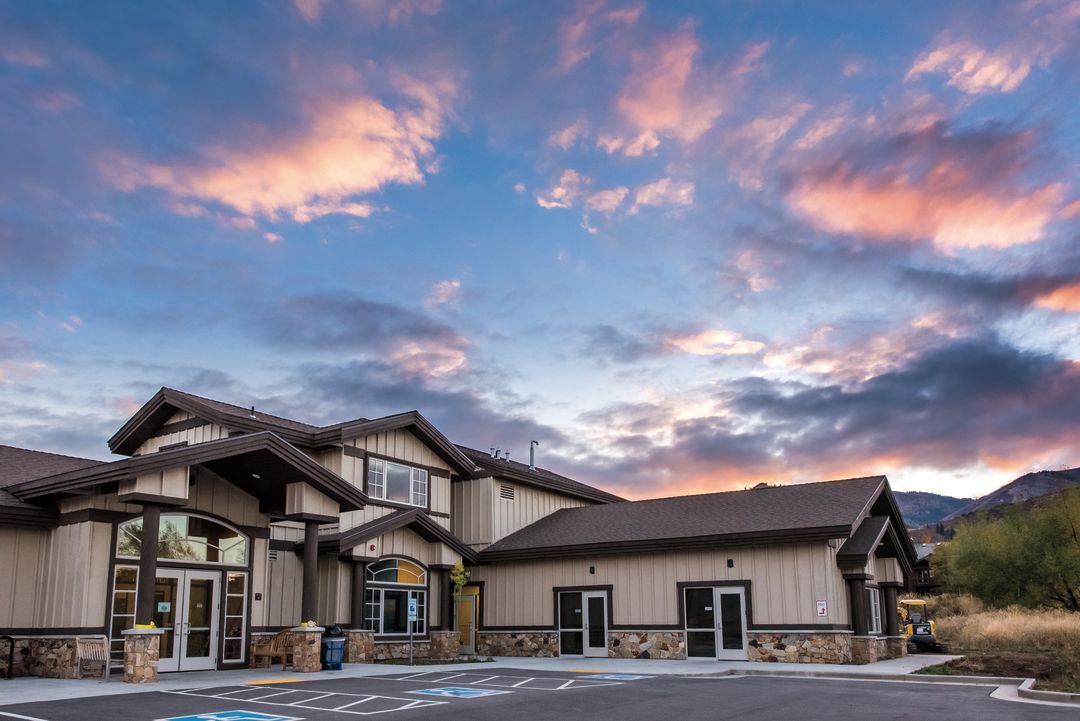
Image: Austen Diamond
In many ways, WSS feels just like any other high school. Kids debate Into the Wild at their desks during English class and gather outside to eat their lunches on sunny days. According to Hokanson,“a remarkably broad spectrum of talented and bright individuals fills the classroom each day.” And a student body made up of driven kids can be far from a bad thing. “There tend to be a lot of strong personalities here,” says Andrew Miller. “I think [that competitiveness] makes us all work harder, and we push off each other more than a typical high school classroom. Everyone is here for the same thing.”
How It Works
Squishing a typical 180-day school-year workload into 144 days, as WSS does, requires a no-frills approach to academics. The year is broken up into six blocks, each of which contains four academic periods per day. Beyond the core curriculum—English, math, science, and social studies—there is time to earn credits in CTE (Career and Technical Education), fine arts, foreign languages, health, and physical education. And though WSS’s elective choices may be less abundant than those at Park City High School, students can pursue courses that mesh with their athletics-driven paths, such as sports medicine, anatomy, and physiology. “A pottery or a welding class just doesn’t seem that important right now,” Rice says. “Yeah, it would be fun, but we don’t really miss out.”
Founded in 1994 by Dr. Kay Wright, WSS began as a private institution using rented library space to instruct 17 students who enrolled that first year. Over the next two decades, Wright’s mission of building a school that allows athletes to chase high-level athletic dreams as well as academic excellence has taken hold. “Kay didn’t want to create a school for people who didn’t care about school,” Kaufman says. (Wright died of cancer in 1997.) Since its humble beginnings, WSS’s student body has grown every year, and in July 2014 the school moved into a new 6,000-square-foot home on Shadow Mountain Drive.
The school has become a draw for students and faculty alike—beyond the obvious allure of winters off in a ski town. Kaufman is a prime example. A former marketing exec for Intel, he was so intrigued by the school’s unique model that he approached WSS for a job when his family relocated to the mountains in 2008. Then-headmaster Rob Clayton offered him a gig teaching an economics and finance class. And Kaufman’s been hooked ever since. In 2013, when Clayton left for the executive director positon at Sun Valley Ski Education Foundation, Kaufman was promoted to WSS headmaster and tasked with steering the school into charter status and new digs.
Thanks to that private-to-public transition and a new open-enrollment lottery system, the school population doubled in 2014, with each grade level now comprising 25 to 30 students. According to Kaufman, WSS’s ability to accept more student-athletes and expand further depends entirely on how successful the school is at fundraising efforts in the years ahead. “It’s more accessible, but still not accessible enough,” he says.
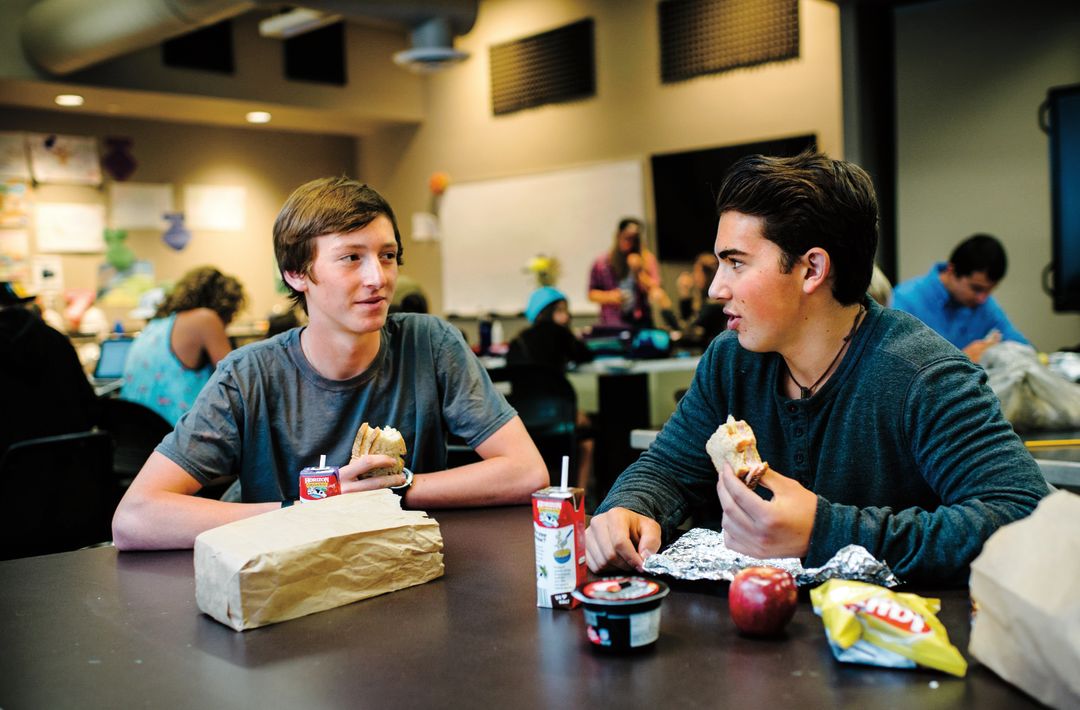
Image: Austen Diamond
The Results
Most schools would be happy producing either top-notch athletes or scholars. WSS wants to succeed at both, and there are some encouraging signs. Ten of the 230 US athletes who participated in the 2014 Olympic Winter Games were WSS alumni, and together they won 6 of the total 28 medals brought home by Team USA. As of midwinter last year, Kaufman estimates that the current student body had already amassed 250 or so medals. “I honestly lost count of how many medals they were winning,” he says.
As for academics, WSS graduates have gone on to well-known and respected colleges and universities across the country, from the University of Utah and Westminster College in this state to Johns Hopkins, Middlebury, Colby, NYU, Stanford, Montana State, Dartmouth, Williams, Bates, UC Boulder, and Cal Poly, to name a few.
“We are about preparing them for college, getting them into college, and helping them succeed in college,” says Kaufman of his students, who, whatever their differences, seem peculiarly hard-wired for year-round, intense, nose-to-the-grindstone dream pursuits, the kind that lead to both podiums and diplomas. “That’s what we do,” he says. “The other successes belong to the students and the coaches. We just give them the time.”

